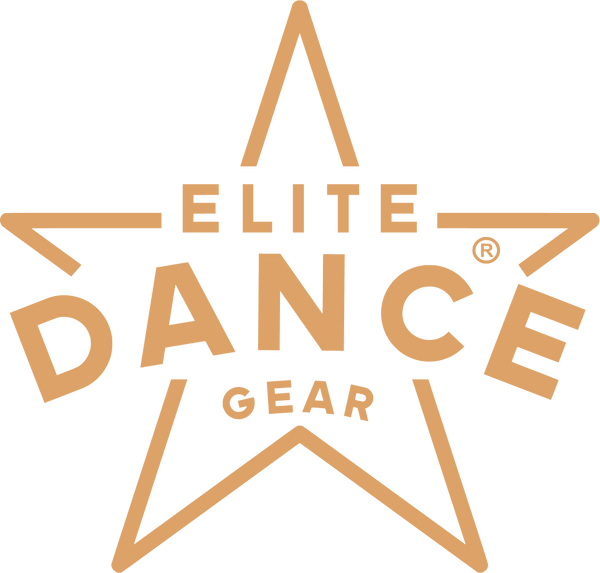
Key Differences:
- Leans more toward contemporary styles.
- Often considered the best for technically strong dancers.
- Has a polished and technical focus, attracting dancers with strong technique.
- Known for high energy and a dynamic environment, with more jazz and hip-hop elements.
- Attracts dancers who enjoy performing with excitement and energy.
- Features teachers with industry backgrounds in entertainment and TV
- Often described as jazzy, though not dramatically different from Jump.
- Has a unique schedule: competitions first, followed by night classes on Saturday and Sunday.
- Encourages personal interaction between instructors and student
- The biggest differentiator among these conventions is the faculty, not necessarily the structure or vibe.
- Many attendees feel that all three conventions are quite similar, with only subtle differences in teaching style and atmosphere based on the instructors present at each event.
Timing of the Season:
- Early Season (Fall):
- Fewer group dances, as studios may not have routines ready yet.
- Competitions in this period are often more solo-heavy.
- Attending early can mean smaller crowds and less competition.
- Middle Season:
- Many dancers are mid-preparation, so conventions during this time can be busier and more intense.
- Late Season (Spring):
- Many dancers who have already won key awards are no longer eligible to compete in certain categories, making the competition lighter.
- Some of these dancers may attend but only for classes, not awards.
Recommendation:
Location matters:
- Traveling to smaller cities may mean less volume and easier competition.
- Larger cities offer a more competitive environment, with more studios and dancers.
Final Thoughts:
- Technically strong dancers will do well at any of these conventions.
- While each convention has its own small nuances, the experience tends to be very similar across all three. Ultimately, choosing one depends on personal preferences, desired faculty, and location availability.
